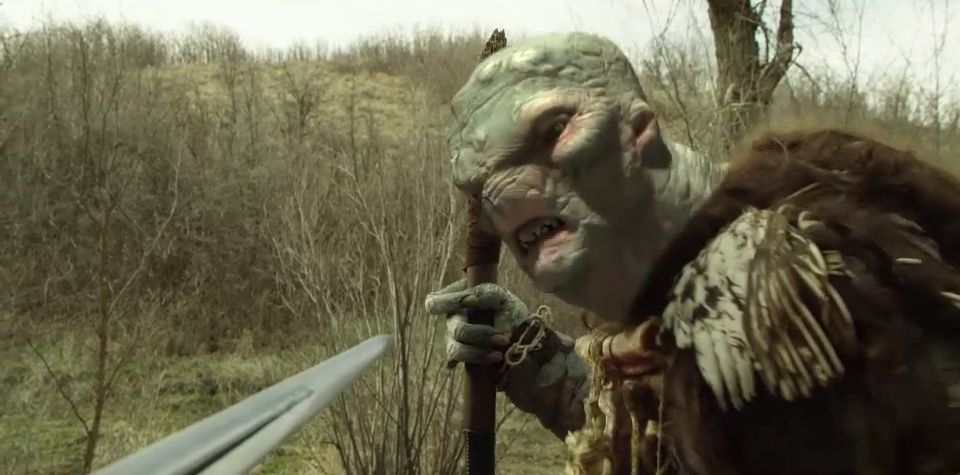
It’s hardly going to come as a surprise when we say that the overall quality of the shows on television has drastically improved over the last decade or so. Whereas before, audiences only had a handful of top quality TV programs to choose from, these days it seems like almost ever new series that drops boasts movie-calibre production values. That’s no exaggeration, either. Viewers can now expect small screen entertainment to showcase the same class of acting, directing, screenwriting, and cinematography as in a feature film-- if not better!
To be honest, there’s really only one area where TV is lagging behind cinema: computer generated imagery. This is particularly the case where network TV is concerned, given the more modest production budgets involved compared to the likes of HBO, Netflix, Amazon, and other cashed-up rivals. One such network constantly punching above its weight is the CW, which valiantly attempts to stage fantasy, sci-fi and superhero epics without quite having the resources needed to do so.
In fairness, it has come pretty close – a lot of the CGI work on display in CW series that debuted over the past 12 years has been pretty darn respectable. Still, there have been more than a few occasions where the visual effects have been so unbelievably sub par, that they’ve come close to totally ruining an otherwise enjoyable show.
With this in mind, we’ve reviewed the network’s entire library of past and present series, and pulled together this list of 20 Times Crazy CGI Hurt CW Shows.
20 The Flash Versus The Reverse-Flash (The Flash)
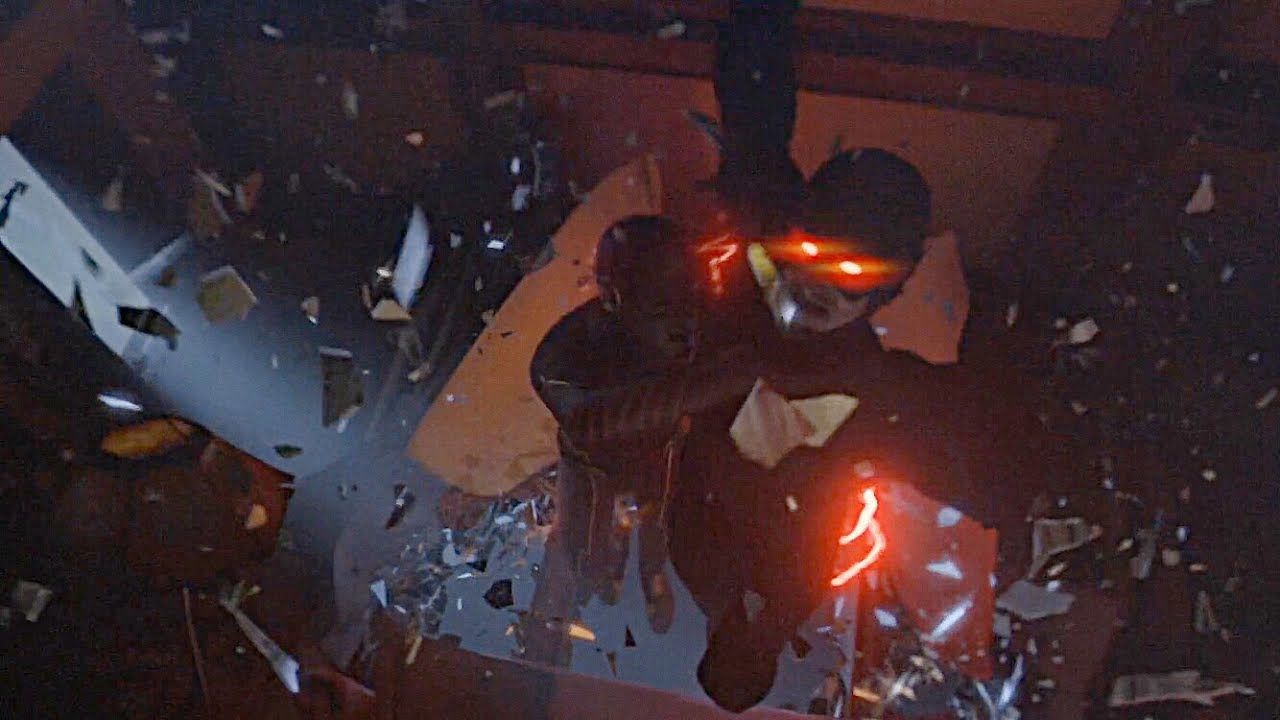
Not only is The Flash an enjoyable show, but its CGI is generally pretty solid. Indeed, over the past five seasons, the visual effects team has delivered everything from crazy-cool looking colored lightning trails to a surprisingly impressive all-digital realization of monster villain King Shark. Unfortunately, though, when the show’s CGI is bad, it’s really bad – as seen in pretty much every ultra-slow motion Speed Force scene where a digital double substitutes for star Grant Gustin.
This pixalized recreation of Gustin always looks a bit off, and ranges from distractingly unconvincing at best to flat-out weird at worst.
An early example of this crops up in season 1 episode “Tricksters”, where the Scarlet Speedster faced off against the aptly-named Reverse-Flash. Not only does the Flash’s face have an unnatural, rubbery quality to it, but both combatants’ movements are oddly weightless.
19 The Leviathan (Supernatural)
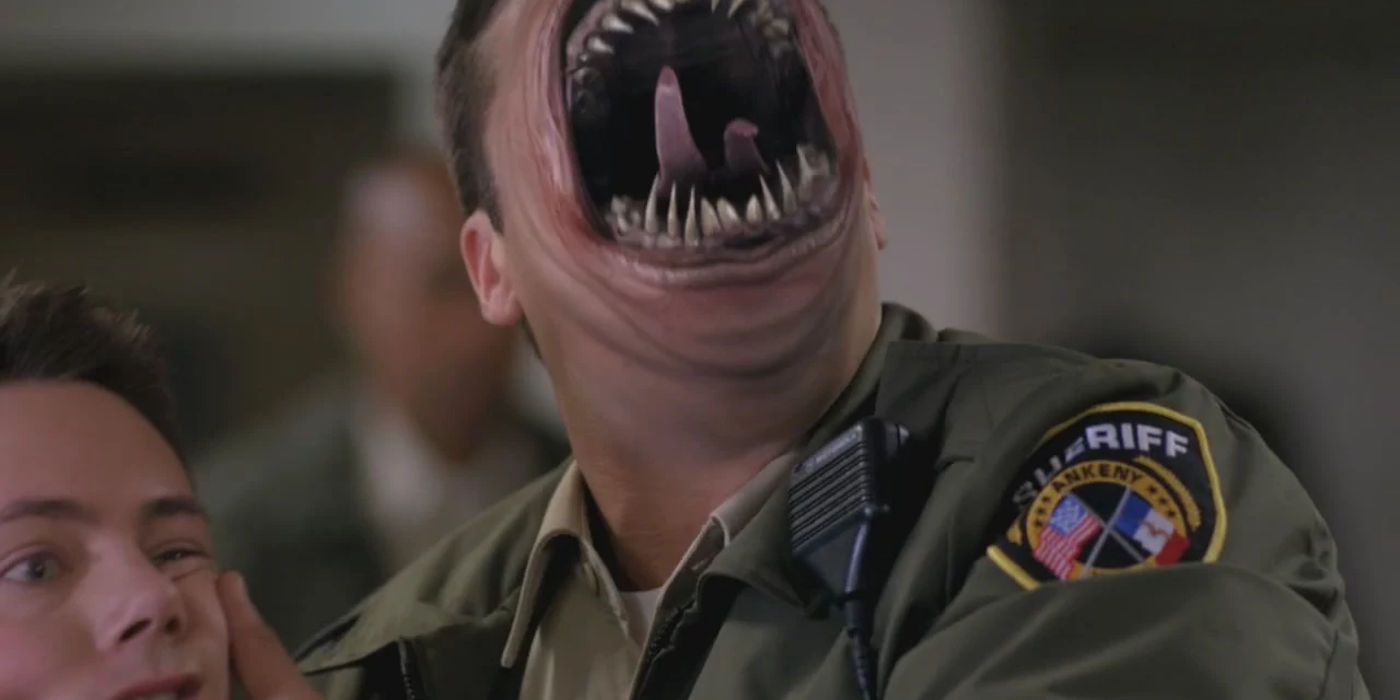
When the Leviathan were introduced in season 7 of Supernatural, they were meant to instill pure terror in both the Winchester brothers and audiences alike. Sadly, that just did not happen, and it’s all down to the CGI used to bring these demonic creatures to life. The Leviathan were designed with a gaping, sharp-toothed maw that covered the entire surface of their faces – a concept we can all agree is inherently unsettling. Toss a forked, serpentine tongue into the mix, and you’ve got all the makings of a scary monster-- at least, in theory.
The problem arose when it came time to actually map the required visual effects onto the actors’ faces, as the effect was less than seamless. Coupled with the rather cartoonish rendering involved, the end result was that the Leviathan came across as goofy rather than menacing.
18 The Boat Scene (Ringer)
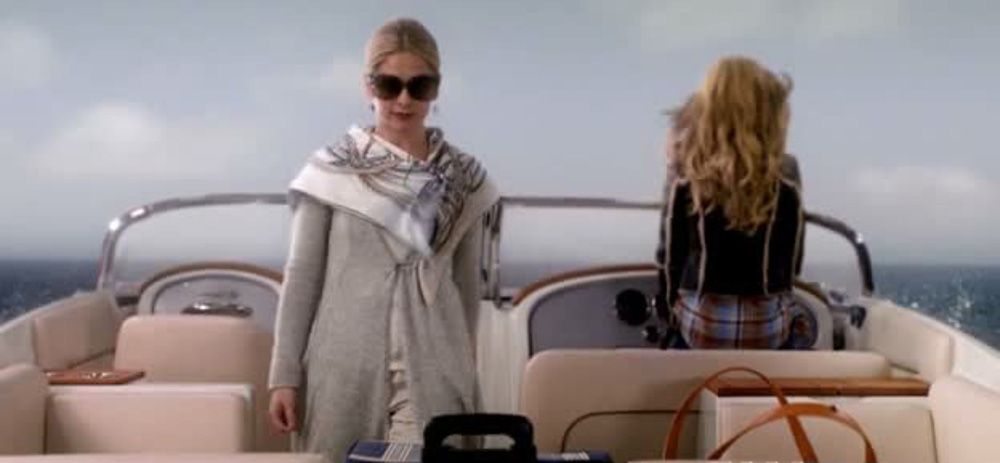
The boat scene in the pilot episode of Ringer holds the dubious distinction of showcasing the worst digital compositing ever to malign a TV show in the modern era.
It couldn’t be more obvious that Sarah Michelle Gellar – who plays the dual role of identical twins Bridget and Siobhan – never left the studio to film this nautical excursion.
The boat itself bobs about on a gimbal in a crude attempt to emulate the rocking of the ocean’s waves, while the blowing of off-screen fans try to sell us on the idea that the wind is whipping through the siblings’ hair. It’s the green screen effects that really spoil things here-- especially in the close-up shots of Gellar, thanks to the fuzzy edges surrounding the actress’s silhouette!
17 The Mutant Gorilla (The 100)
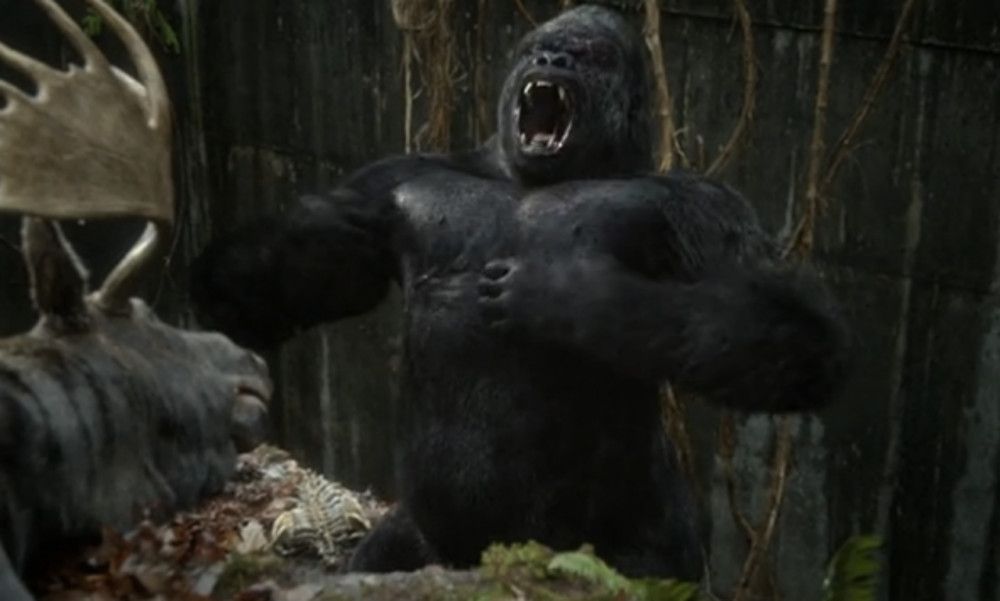
The CW has at least some form when it comes to CGI gorillas: the all-digital Gorilla Grodd that appears in The Flash is an unqualified success which the network should be proud of. Sadly, the same can’t be said for the artificial ape seen in another CW show, post-apocalyptic drama The 100.
The main antagonist in the tenth episode of season 2, “Survival of the Fittest”, this overgrown, mutated primate isn’t necessarily the worst CG performer ever to grace the small screen. It’s nowhere near the best either, mostly because of the poor quality textures used for its fur. It’s a shame, since the actual animation of the gorilla is decent, just not quite good enough to make up for the CGI model itself.
16 Hal Cooper’s Flashing Green Eyes (Riverdale)
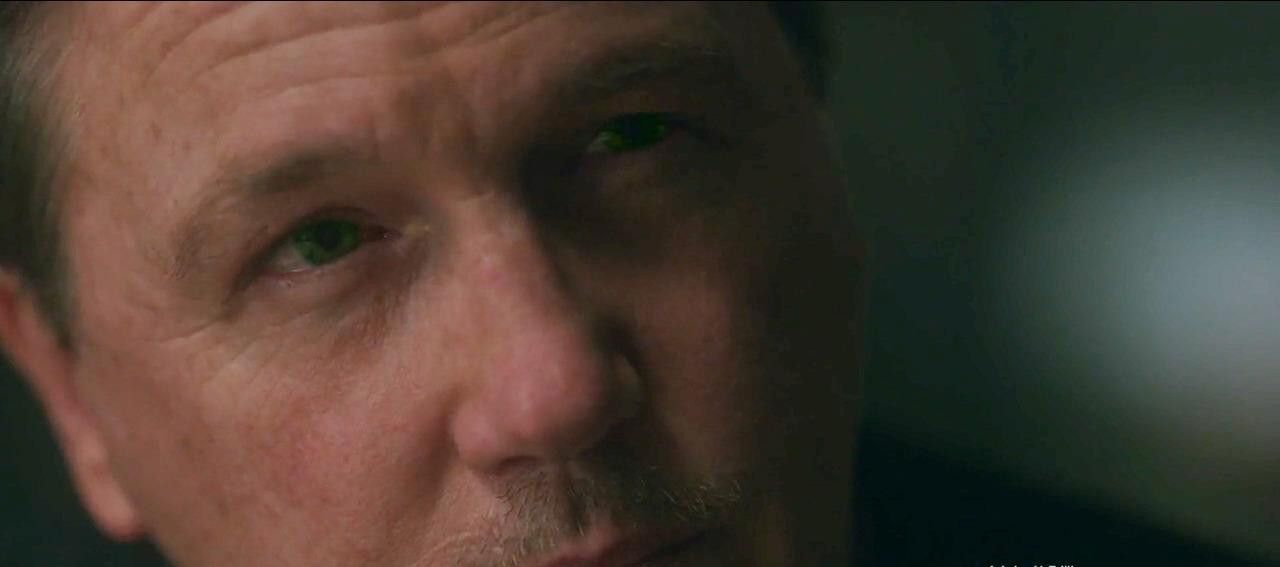
The second season of Riverdale revolves around the mystery of gunman the Black Hood’s true identity.
In a scene between Hal and his daughter Betty, actor Lochlyn Munro’s blue eyes shift to a vibrant emerald green.
The idea here is – or at least, we think what the idea here is – that we’re actually seeing Hal from Betty’s subjective perspective, and she’s projecting her suspicions that her father might be the Black Hood (established as green-eyed). This is also the only reason we can think of that the CGI employed to alter Munro’s peepers is so laughably terrible – it’s not subtle because the creative team didn’t want you to miss it!
15 Supergirl's Flying Lesson (Supergirl)
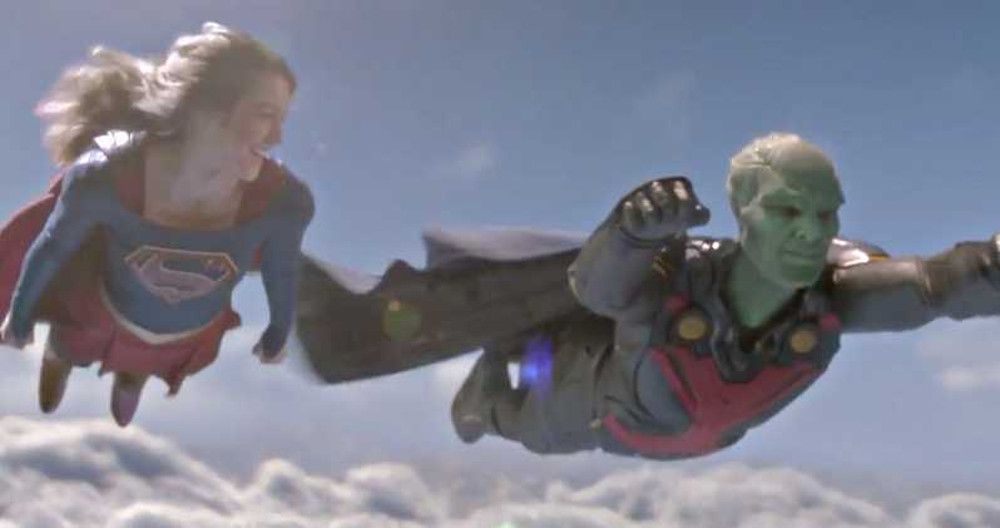
To describe the flying scenes in Supergirl as “uneven” is a major understatement – the aerial action in the series varies wildly from commendable to awful. Indeed, the flying lesson the Girl of Steel receives from fellow superhero the Martian Manhunter in Episode 10 of Season 1, “Childish Things”, epitomizes the erratic nature of the show’s CGI.
Some of the shots of stars Melissa Benoist and David Harewood look good, as do a handful of the moments featuring their digital counterparts. The bulk of this sequence suffers from the same problems that plague most episodes of the series: shabby green screen effects and unnatural CGI doubles. That said, it’s worth pointing out that at least part of the blame for the green screen compositing actually lies with how the live-action footage was performed and filmed.
14 The Finale (Smallville)
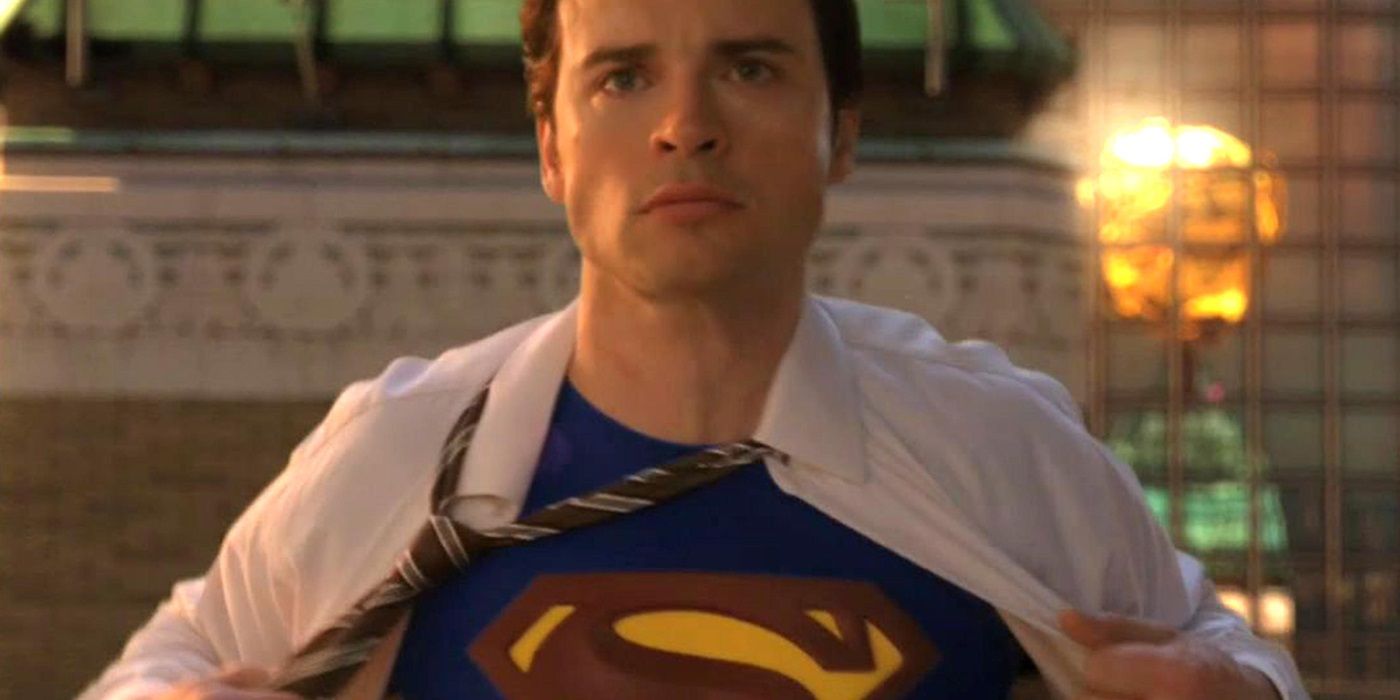
For 10 whole years, Superman origin story series Smallville adhered to its “no tights, no flights” rule. Even so, fans had long expected the show’s closing moments to feature Tom Welling taking to the skies in the Man of Steel’s iconic costume. Their patient faith was rewarded-- sort of. When the show wrapped up with season 10’s “Finale”, viewers witnessed Clark dressed in full Superman attire.
Although it seemed awesome, the execution is decidedly lackluster.
Making the questionable decision not to include any full body shots of Welling in costume, the creative team instead used shoddily composited close-ups of the actor’s head and shoulders. These are intercut with wide shots of a tiny digital double, and the cumulative effect is less than super.
13 Vampire Eyes (The Vampire Diaries)
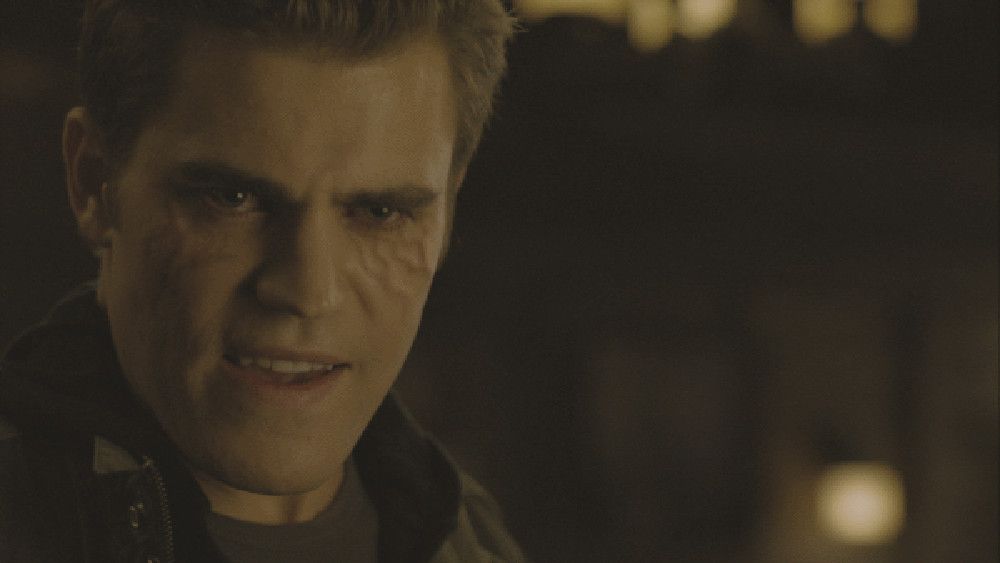
Given their relatively humble production budgets, network TV shows tend to favor more understated visual effects wherever possible. It’s a smart move, and it can even lend shows a degree of sophistication – but that’s not the case with the “vampire eyes” CGI in The Vampire Diaries.
Arguably the signature aesthetic element in this horror-drama series, the visual effects trickery here suggests a pulsing cluster of veins beneath the skin surrounding the vampire characters’ eyeballs. It’s a clever concept, which admirably sidesteps the more flamboyant supernatural stylings seen in more expensive series like True Blood. On the downside, the CGI veins straight-up do not look real in the slightest, which has the unfortunate side effect of undermining this novel approach.
12 The Falling Angels (Supernatural)
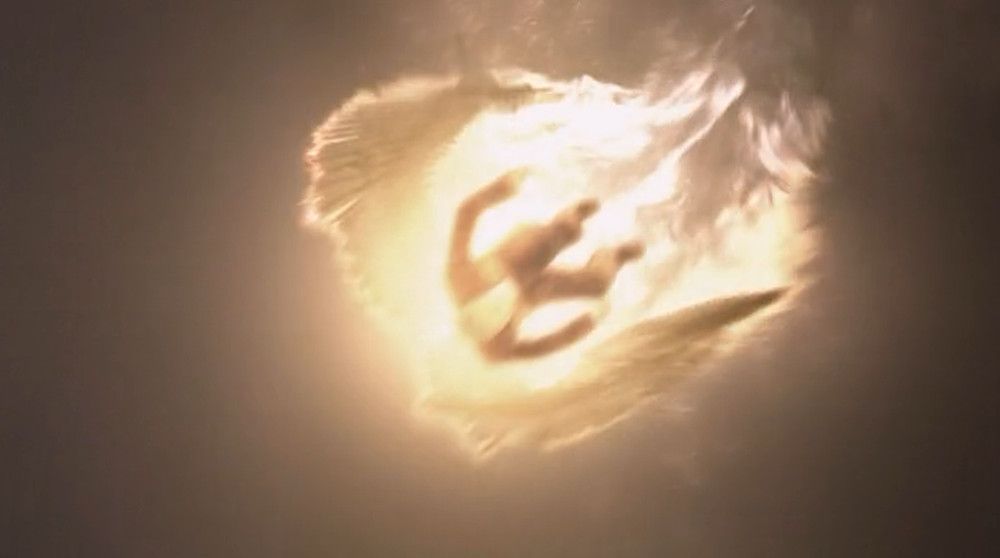
In Supernatural Season 8 finale, “Sacrifice", angels plummet from Heaven like flaming meteors. It’s every bit as breathtaking as it sounds-- as long as the camera stays far away from the action, anyway. Once we cut from moody wide-shots of a fire-streaked sky to more mid-distance coverage of these celestial goings on, all the effects artists’ hard work is undone somewhat.
It soon becomes apparent that Supernatural’s budget couldn’t stretch far enough to plausibly depict the scene as intended.
The CGI here isn’t the worst on this list – not by a long shot-- but the angels themselves are stiffly animated, and we’re treated to clumsy particle simulation when one of them splashes down in a body of water.
11 Flash Versus The Flash (The Flash)

What could possibly be worse than one poorly rendered digital Grant Gustin? Try two poorly rendered digital Grant Gustins – as seen in “Who Is Harrison Wells?”, episode 19 of The Flash! With double the opportunities for viewers to critically inspect Gustin’s CGI likeness, we can’t help but notice the bizarre facial expressions, rag doll physics, and overall “off-model video game character” aesthetic.
Making matters worse, this slow-motion sequence is one of the more protracted set pieces from early in the show’s run – running considerably longer than even the earlier Reverse Flash showdown. So not only is the poor effects work presented here with agonizing clarity, but it goes on, and on, and on.
10 The Helicopter Crash (Valor)
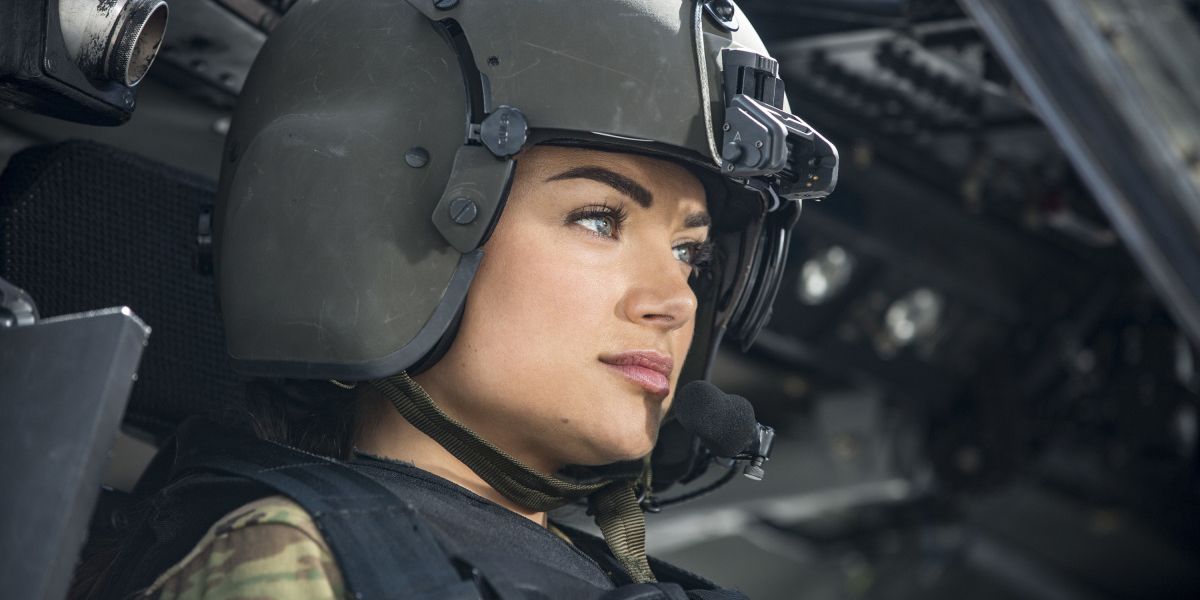
Military drama Valor deserves props for its earnest efforts to depict the real-life struggles of America’s armed forces, but that kudos shouldn’t be extended to the show’s CGI. Valor doesn’t seem to rely too heavily on visual effects, but what CGI we do see is a mixed bag. Need proof? Well, there’s the helicopter crash scene, which starts off promising, before going rapidly down hill. The digital helicopter isn’t noticeably artificial – blockbuster movies have gotten away with worse – and the flame and smoke effects are believable.
The chopper hits the water, and the resulting collision resembles the same physics as you’d expect from a bad video game.
Admittedly, we’ve never seen a helicopter crash first-hand, but we’re pretty sure it’s a lot more dynamic than this!
9 The Red Kryptonite Ring Shatters (Smallville)

The visual effects artists on Smallville probably could have gotten away with the CGI faux pas in season 2 episode “Red”. Had director Jeff Woolnough gone with a wider camera angle for the moment when Jonathan Kent smashes Clark’s Red Kryptonite ring, its likely this digital hocus pocus wouldn’t have raised an eyebrow.
Instead, Woolnough decided to show the ring shattering under Jonathan’s sledgehammer blow in close-up – presumably to underscore the drama of the scene. That’s sensible enough, except that the CGI involved isn’t able to stand up to such intense scrutiny. Viewed under the microscope like this, the ring’s digital shards come across as extremely unrealistic and cheesy.
8 Jughead’s Digital Eye Make-Up (Riverdale)

What is it with Riverdale and messing around with actors’ eyes using visual effects? Let's focus on how the bags under Cole Sprouse’s eyes were “corrected” with CGI at various points throughout the show.
According to Sprouse, he personally requested to wear minimal make-up so that Jughead would appear exhausted.
However the consensus was that Sprouse looked a bit too tired, and that this needed to be remedied. Rather than re-shoot the offending scenes, the creative team elected to fix the issue via digital techniques – although the super-smooth, texture-free skin painted under Sprouse’s eyes did little to help matters!
7 Beebo (Legends Of Tomorrow)
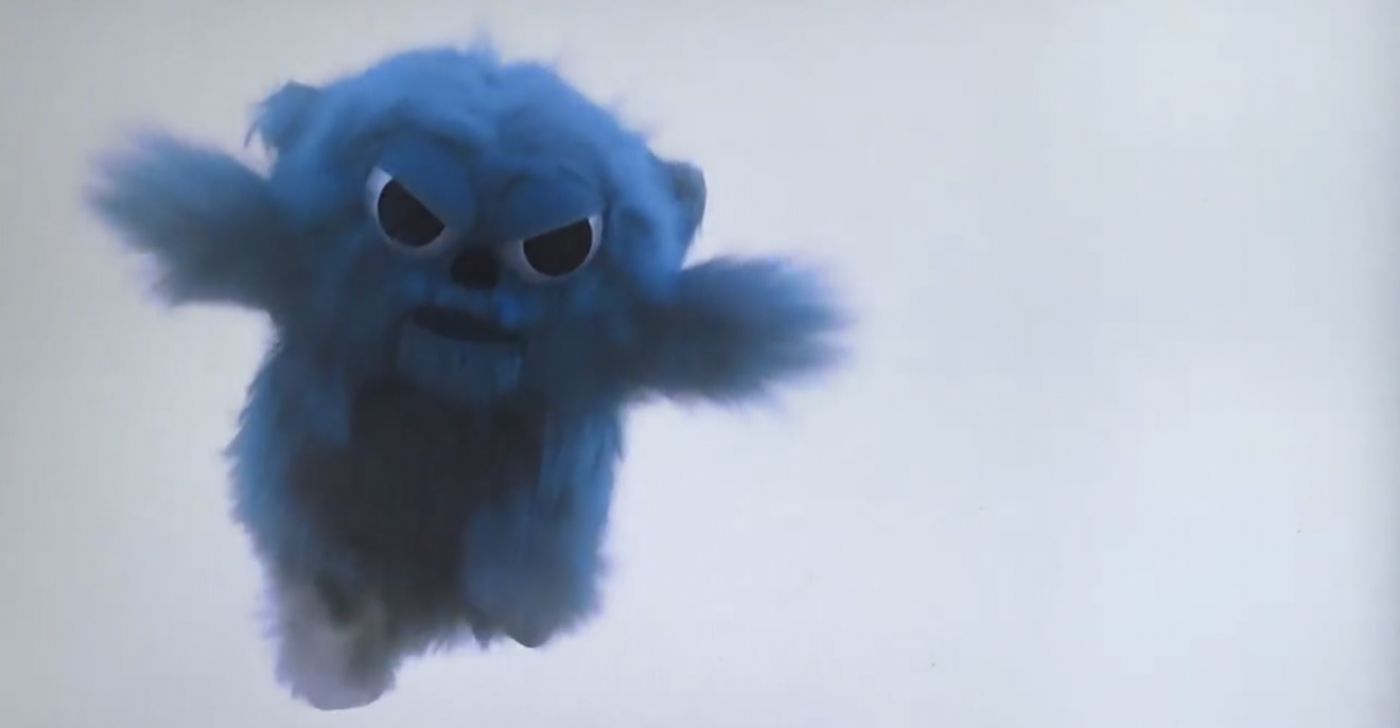
Depicting a gigantic plush toy charging into battle with a demon was always going to be a tall order. We really do sympathize with the Legends of Tomorrow visual effects crew – pretty much any team of artists would have struggled with the Beebo/Mallus confrontation in season 3 episode “The Good, the Bad and the Cuddly”.
Despite the valiant efforts of all involved, Beebo ultimately winds up looking like he wandered into the show from kids' animated flick Monsters, Inc.-- and not in a good way. The over-sized stuffed toy moves well and is imbued with the appropriate mount of physical heft, but the character model is just too cartoonish to take seriously.
6 Firestorm Takes Flight (The Flash)
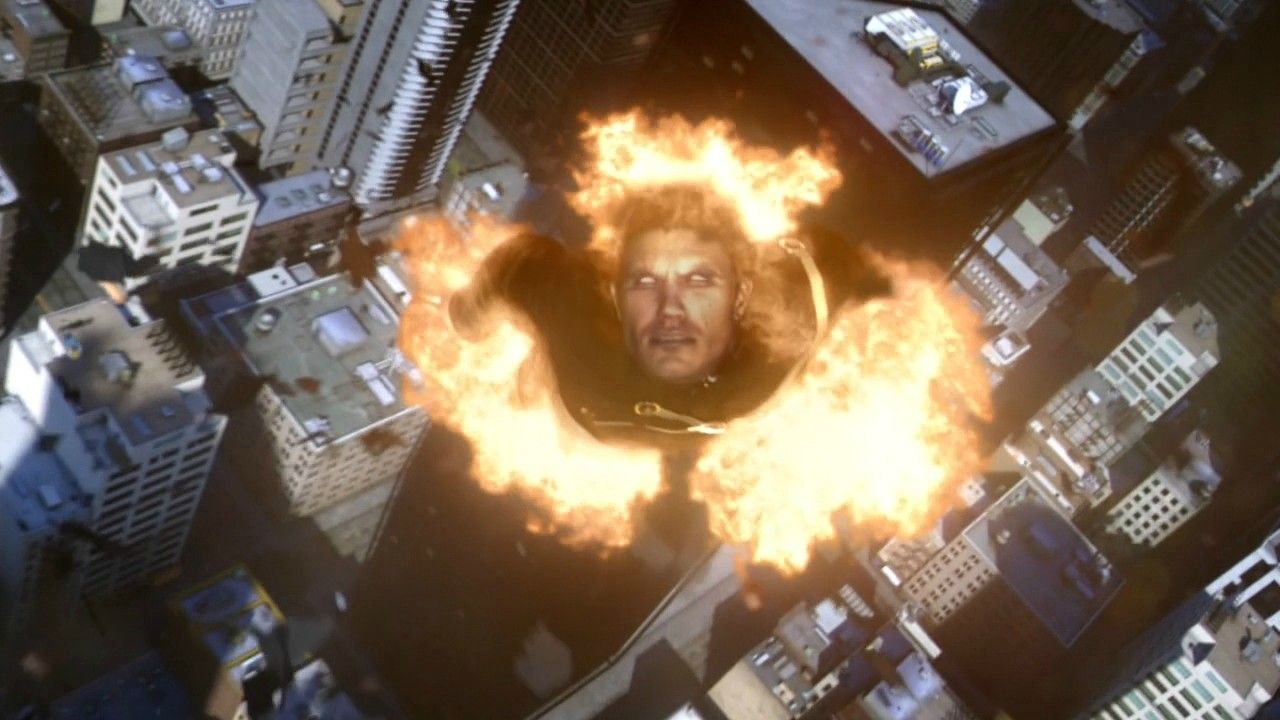
The Flash’s second season kicks off with a literal bang, when nuclear-powered superhero Firestorm sacrifices himself for the greater good in the premiere episode “The Man Who Saved Central City”. It’s a poignant note to start on, but it’s undermined by certain aspects of the CGI that features in the scene. We’re referring specifically to the digital double of Robbie Amell, which – like the rest of the CG recreations of The Flash cast – is among the worst visual effects elements in the series.
Amell’s CGI stand-in is particularly unimpressive, to the extent that it looks like an escapee from a last-gen video game!
Mercifully, the all-digital Firestorm is only on-screen for a few brief shots – although this is still long enough to hurt the scene.
5 Darkseid (Smallville)
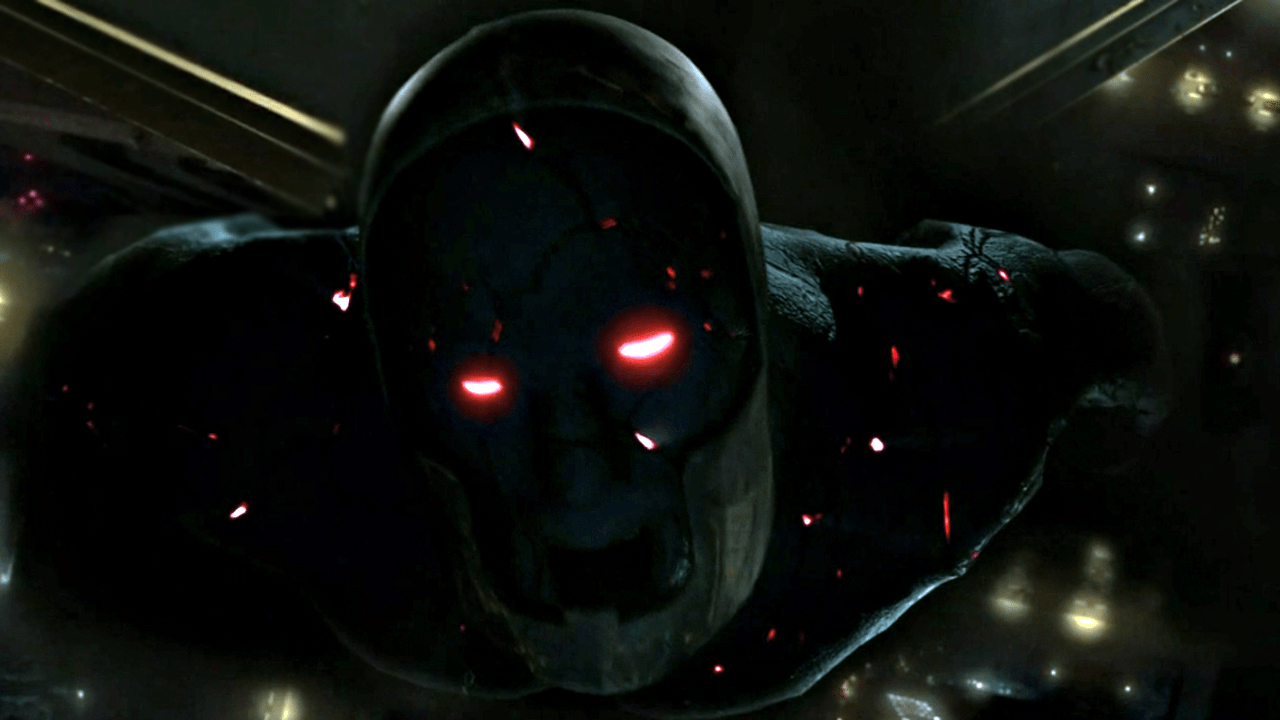
Darkseid is one of the most intimidating villains in the DC Universe, so comics fans were understandably pumped for his live-action debut in Smallville’s tenth and final season. Perhaps it was inevitable that such inflated expectations would lead to disappointment, but the CGI version of this uber-baddie still fails due to its own shortcomings.
Indeed, Darkseid serves at yet another reminder that – like most mid-2000s network TV shows – Smallville didn’t have the budget at its disposal to believably portray characters entirely through digital means. Although Darkseid was first introduced heavily obscured by smoke, when he finally stepped into the spotlight, he looked less like the menacing ruler of Apokolips, and more like a toy robot!
4 The Outpost

Honestly, the CGI in fantasy series The Outpost is so downright awful that it's kind of hard to believe the show arrived on screens in 2018. The prime offender here?
The Orc-like baddies the Greyskins simply do not look real on any level.
We aren’t just taking the textures and animation to task here – although both are eye-wateringly low-rent. The digital character models themselves don’t even integrate convincingly with the live-action environment they’ve been inserted into, calling further attention to how fake they look. Every time a Greyskin horde rampages on screen, audiences are more likely to stifle an embarrassed laugh than a shriek of panic!
3 Levitating Water Drops (The Secret Circle)
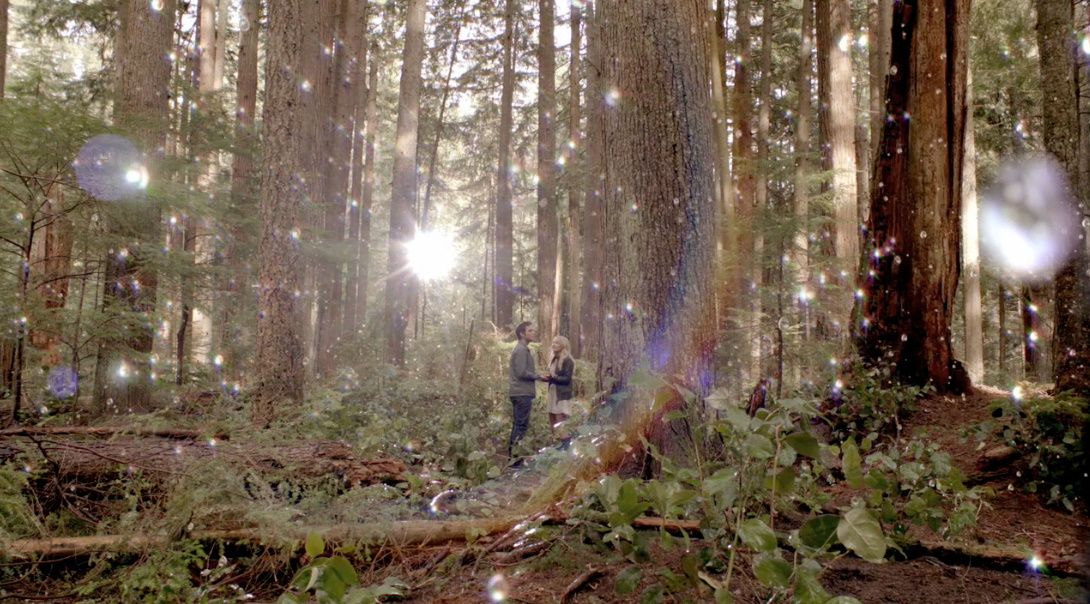
The visual effects in this scene from The Secret Circle's pilot aren’t all bad – on the contrary, the first drop of water Cassie that levitates using her magical powers is more or less spot-on.
However, as with more than a few entries on this list, problems arise the longer the sequence progresses. With each additional digital water drop added to the live-action footage in the forest, the overall believability of the scene lessens. This in turn means that the romance of the scene between Cassie and Adam is negatively impacted – which is a pretty big deal for a teen drama!
2 The Messengers’ Wings (The Messengers)
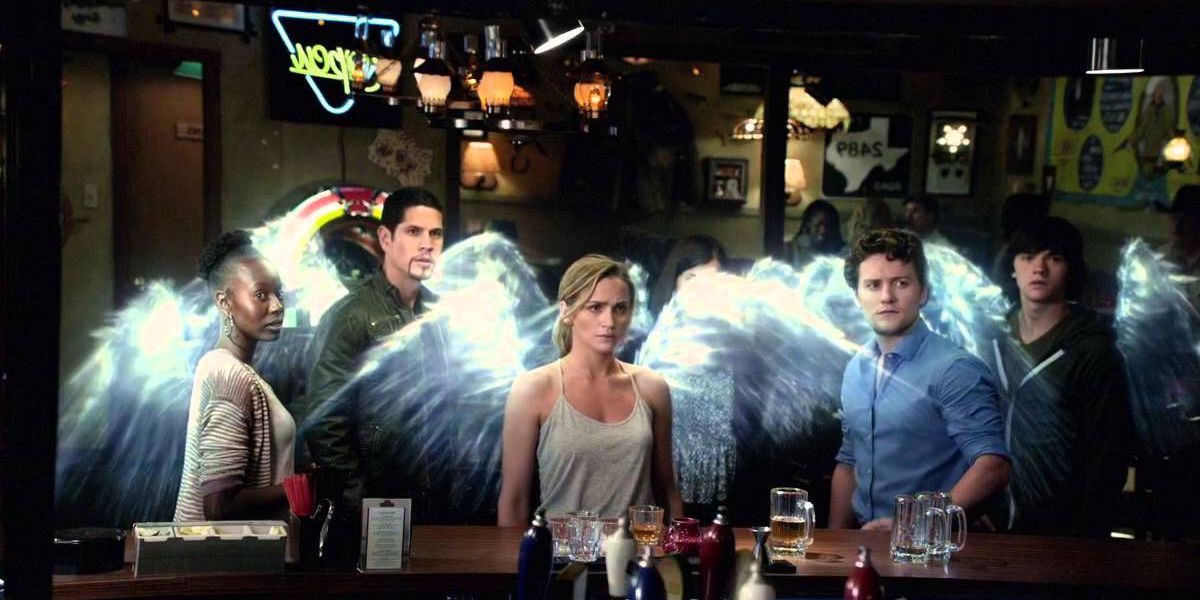
The Messengers ranks as one the weaker outings in the CW’s programming library – and part of the issue was definitely the show’s CGI. It’s hard to pinpoint just one inferior visual effect among the many featured in The Messengers’ single season, but if pressed, the CG wings that the show's angelic beings sport stick out as particularly bad.
These ghostly appendages are the very definition of “cringe-worthy.”
Not only are they crudely textured, but their feathers are on a totally flat plane, so achieving believability was always going to be a challenge. Tthe wings have been digitally “attached” to the actor’s bodies, or rather haven’t – as they seem to hover slightly behind each performers’ shoulders.
1 Clark Saves Oliver And Lois (Smallville)
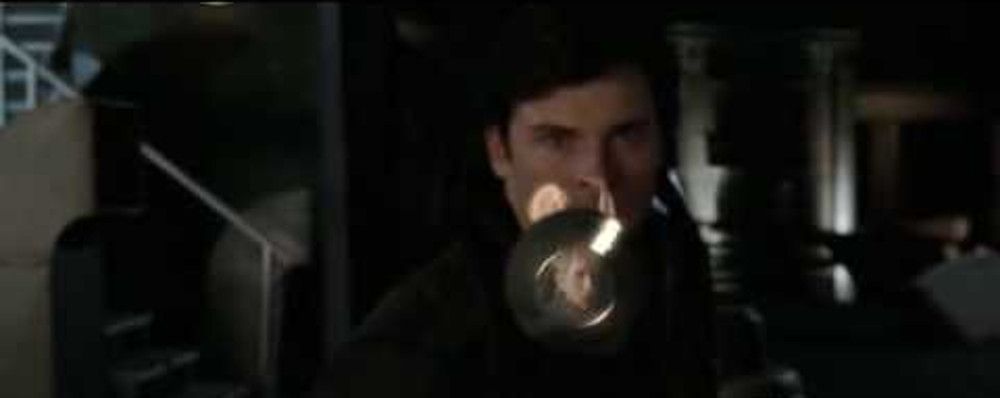
This entry represents even more proof (as if it were needed) that Smallville’s storytelling ambitions regularly exceeded the calibre of CGI at the creative team’s disposal. In season 6 episode “Crossfire”, this bullet time-inspired scene – where future Superman Clark Kent rescues love interest Lois and fellow superhero Oliver Queen – tries (and fails) to mimic The Matrix trilogy.
Unlike the Oscar-winning visual effects in The Matrix, the CGI in this slow-motion sequence just isn’t up to scratch. The biggest offender is the unrealistic texturing on the bullet models, which draw attention to themselves when they pass unnecessarily close to the camera. The cartoonish slipstream distortions that trail after each bullet sure don’t improve matters, either!
---
Did we miss out any other times that crazy CGI hurt CW shows? Let us know in the comments!
from ScreenRant - Feed https://ift.tt/2D5jPSD


0 Comments